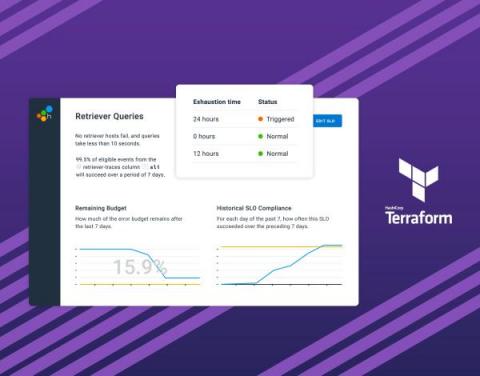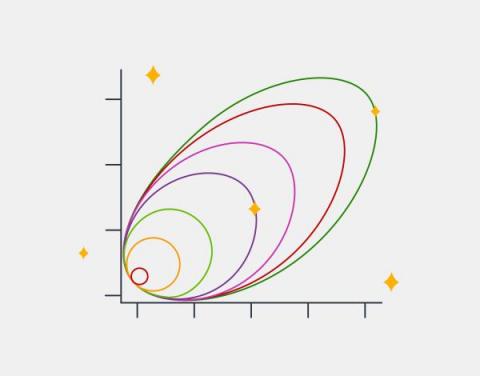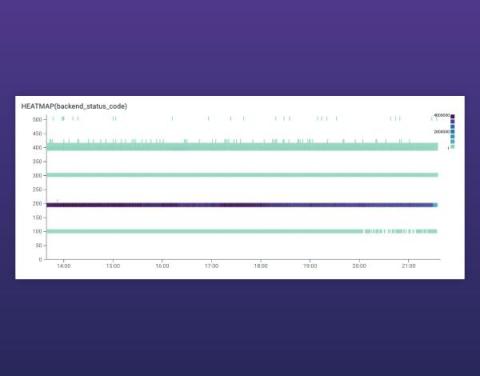Service Level Objectives as Code: Terraforming Honeycomb SLOs
In March, we announced official support for a Honeycomb Terraform Provider. Today, we’re announcing additional support for managing Honeycomb Service Level Objectives (SLOs) with Terraform. This furthers Honeycomb’s support for configuration as code and it gives you programmatic control for an immensely popular Honeycomb feature.










